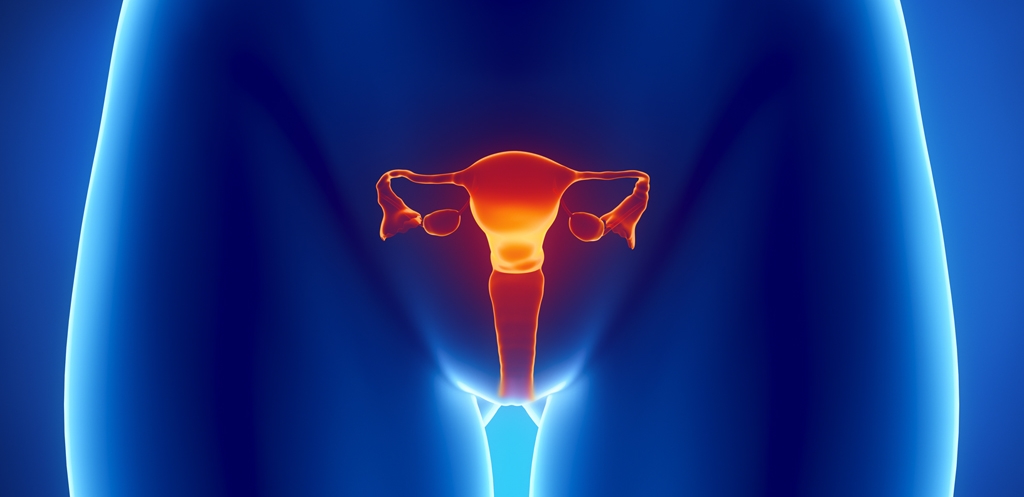Endometriosis is a disease in which the endometrium, which generally covers the inner wall of the uterus, develops and continues to grow outside the uterus, including ovaries, peritoneum, and uterine wall. Its pathology is to increase proliferation and migration to promote the progression of the epithelial-mesenchymal transition (EMT). This condition is most commonly seen in young women in their 20s and 30s. Unfortunately, current treatments are limited, making it is crucial to explore new therapeutic agents.
Therefore, I would like to share with you the study “The Potential Effect of Fucoidan on Inhibiting Epithelial-to-Mesenchymal Transition, Proliferation, and Increase in Apoptosis for Endometriosis Treatment: In Vivo and In Vitro Study” by Li-Chun Chang et al., in which they investigate the therapeutic effect of fucoidan (FC).
First, A 3-(4,5-dimethylthiazol-2-yl)-2,5-diphenyltetrazolium bromide (MTT) assay was used to assess changes in viability. As a result, E2 (0.01, 0.1, 1 nM) treatment significantly induced the proliferation of End1/E6E7 and Vk2/E6E7 cells. (See Figure 1A) FC (0.25, 0.5, 1 mg/mL) treatment decreased the proliferation of End1/E6E7 and Vk2/E6E7 cells. (See Figure 1B) Next, to examine the effect of FC on E2 (estradiol treated)-induced proliferation of End1/E6E7 and Vk2/E6E7 cells, combined treatment was compared with E2 (1 nM). The results show that FC inhibits E2-induced proliferation of His End1/E6E7 and Vk2/E6E7 cells. (See Figure. 1D)
Furthermore, in an in vivo experiment, female Balb/c mice were given surgically induced endometriosis followed by the administration of various concentrations of fucoidan for six weeks. High-frequency ultrasound imaging was applied to detect subsequent lesion growth. As per observation, the volume of endometriotic lesions was reduced in LHC, MFC, and HFC-treated groups compared with E2 (estradiol)-treated mice. Quantitative data analysis revealed that the endometriotic lesion volumes of the LFC (low-dose fucoidan), MFC (mid-dose fucoidan), and HFC (high-dose fucoidan) groups were significantly smaller than those of the E2 group. (Figure 2B) Additionally, endometriotic lesion growth in the LFC, MFC, and HFC groups was smaller than in the E2 group. (See Figure 2C)
Similarly, as EMT plays a crucial role in endometriosis, affecting proliferation, apoptosis, and migration, they examined the expression of EMT-related proteins in endometriotic lesions in mice. Protein expression was significantly increased in Snail, Slug, N-cadherin, and Vimentin in the E2 group compared to the control group. However, the terms of Snail, Slug, N-cadherin, and vimentin were significantly decreased in the FC-treated groups (LFC, MFC, and HFC groups) compared with the E2 group. Moreover, increasing E-cadherin was more effective in the HFC group than in the E2 group.
Subsequently, to investigate the anti-angiogenic and anti-inflammatory effects of FC in endometriotic mice, VEGF, and inflammatory cytokine ELISA assays were performed, and endometriotic lesions and serum were collected. E2 treatment significantly increased serum her VEGF, IL-1β, IL-1β, and TNF-α compared to control and sham groups. Serum levels of IL-1β in the LFC group were substantially lower than those in the E2 group. In addition, serum levels of IL-1β and TNF-α in HFC were significantly lower than those in the E2 group. As shown in Figures 5A and B, the levels of VEGF in endometriotic lesions in the FC treatment groups (LFC, MFC, and HFC) were significantly lower than those in the E2 group, whereas serum differences were not significant. After FC, however, it was confirmed that treatment could reverse E2-induced inflammatory and angiogenic effects.
In conclusion, the results showed that fucoidan inhibited the viability and migration ability of End1/E6E7 and Vk2/E6E7 cells. Also, fucoidan administration reduced the volume and weight of endometriotic lesions, decreased serum and lesion inflammatory cytokines and vascular endothelial growth factor (VEGF), and improved EMT proliferation and the expression of apoptosis-related proteins. For the first time, fucoidan showed anti-proliferative and anti-inflammatory effects, inhibited the progression of EMT, induced apoptosis, and improved endometriosis.



Source: Biomedicines. 2020 Nov; 8(11): 528. doi: 10.3390/biomedicines8110528
